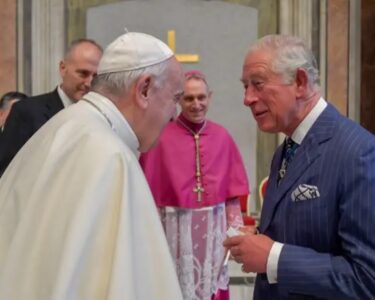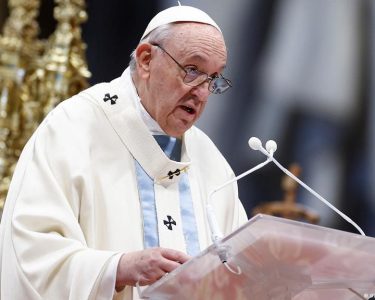A recent United Nations Development Program (UNDP) report reveals the shocking depth of social inequality plaguing Sri Lanka. This, alongside the ongoing economic crisis and austerity measures dictated by the International Monetary Fund (IMF), poses a serious threat to the country’s stability.
Key findings of the UNDP report:
Wealth inequality: Sri Lanka ranks among the top five countries in Asia-Pacific with the highest wealth inequality.
Top 1% vs. Bottom 50%: The wealthiest 1% of Sri Lankans possess 31% of the total personal wealth, while the bottom 50% own less than 4%
Gini coefficient: Sri Lanka’s Gini coefficient, a measure of income inequality, is among the highest in the world, indicating severe disparity.
Regional context: South Asia as a whole saw its wealth Gini index rise dramatically, with many countries facing similar situations.
COVID-19 impact: The pandemic and subsequent shutdowns disproportionately affected informal workers, contributing to increased inequality.
Ukraine war: The war further exacerbated the situation, leading to a global decline in human development indices.
Sri Lanka’s specific challenges:
Household debt: 31% of Sri Lankan households rely on loans, with bank loans and money lenders accounting for a significant portion
Job losses: Over half a million jobs were lost due to the economic crisis and its consequences.
Austerity measures: The IMF-backed program involves harsh measures like privatization, public sector job cuts, and tax hikes, further burdening the working class.







